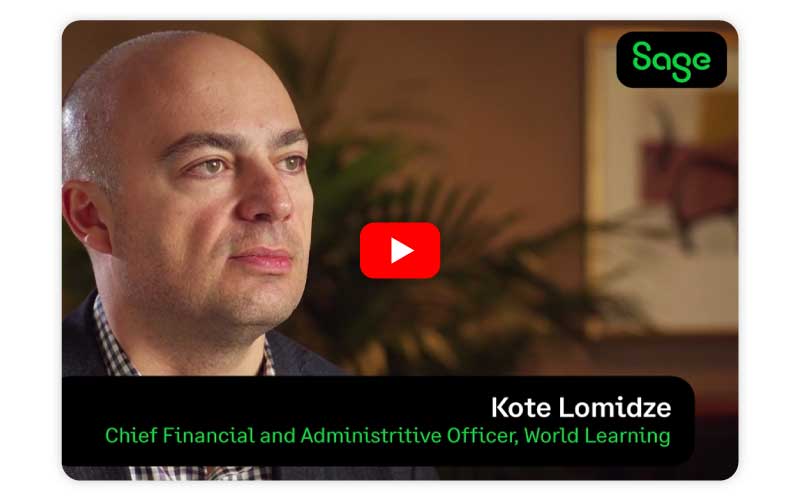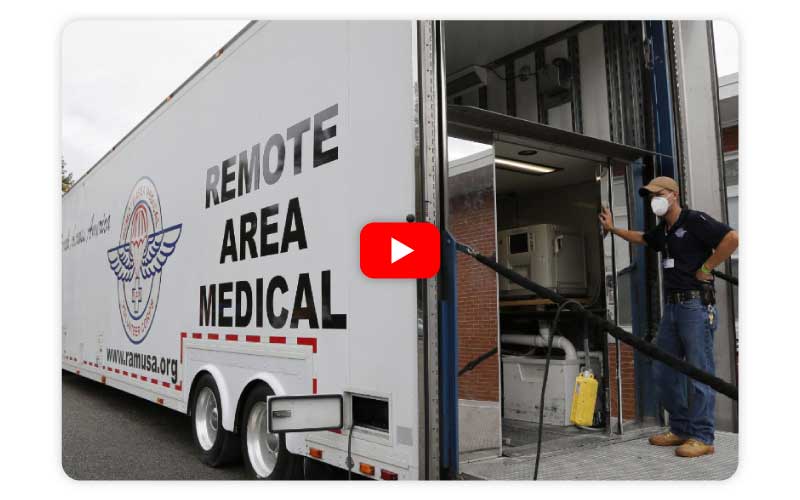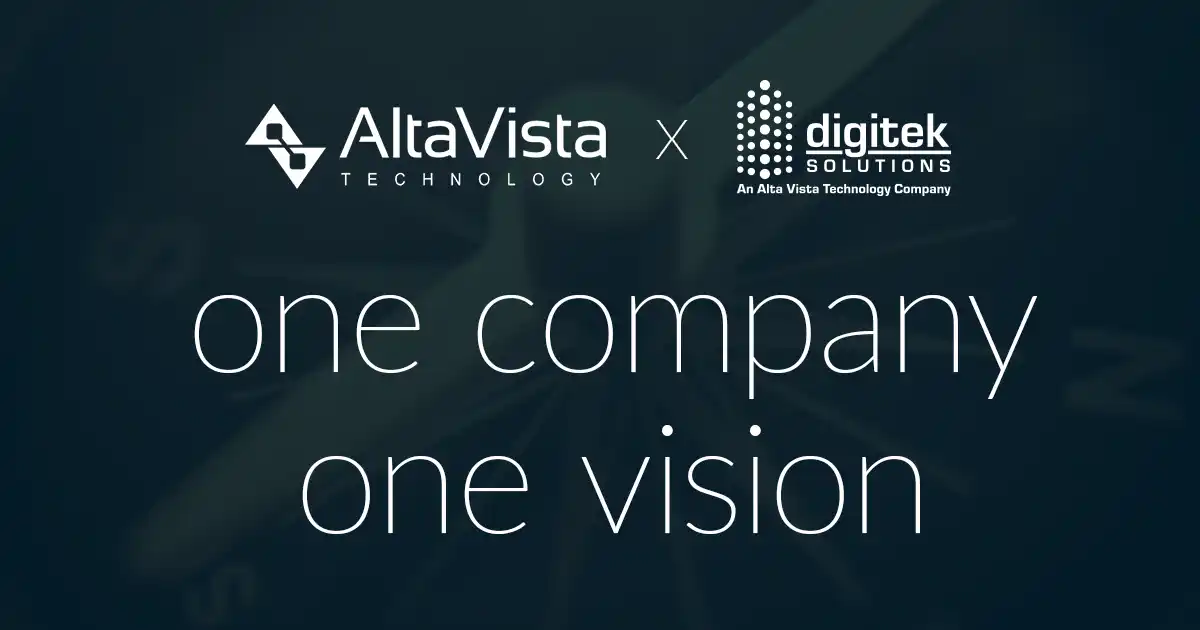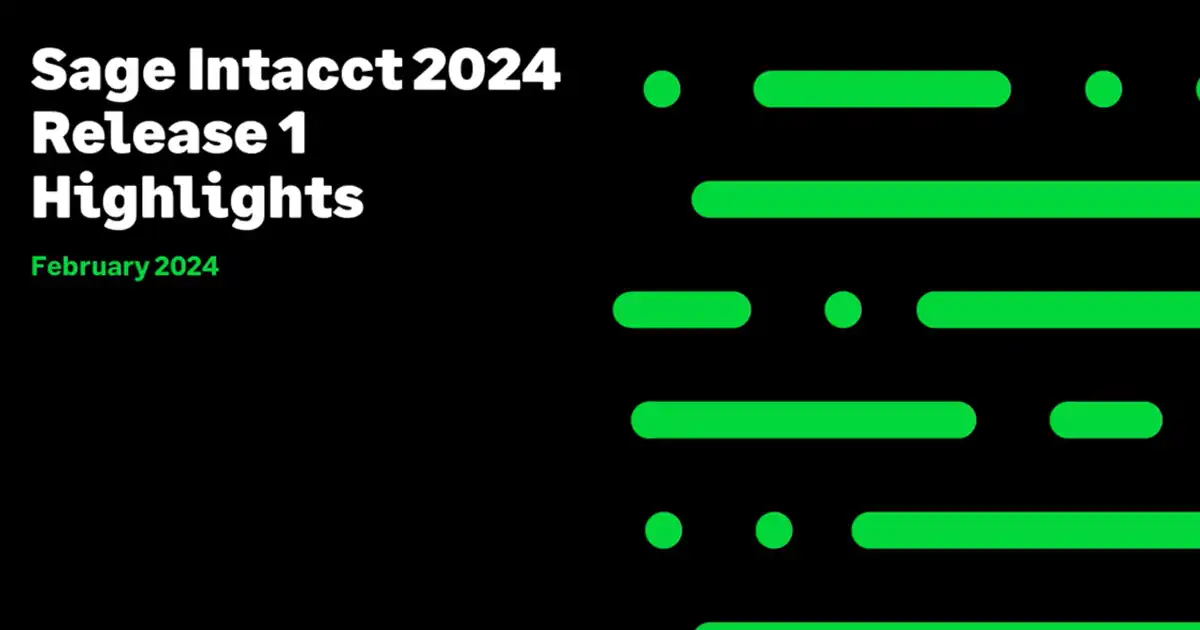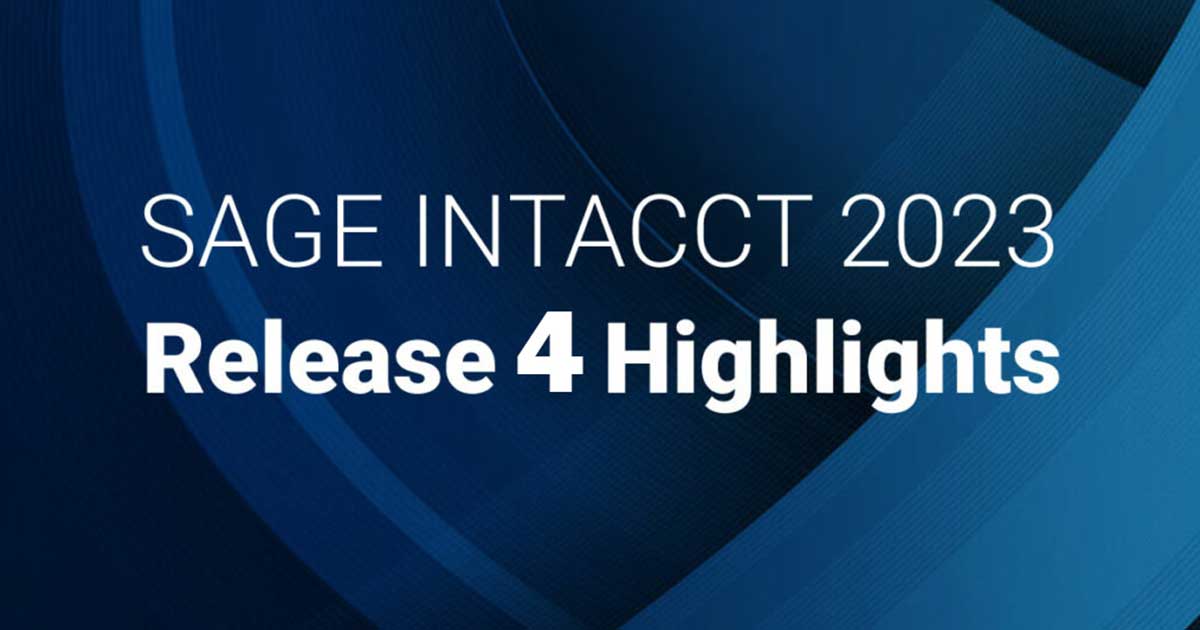Here’s how three NGO financial leaders have used insights gained from better visibility into their financial and operational performance data to drive strategic decisions and amplify mission impact.
1. Room to Read
Room to Read’s mission is to help girls and women change their futures through the power of literacy. The NGO works in ten countries across Asia and Africa. CFO Shari Freedman has gradually transformed the finance function at Room to Read by adopting integrated digital technology platforms that empower executive leaders and program managers with greater financial and operational insights. These solutions include: Cloud financial management, timekeeping, and expense report automation, financial planning, and nonprofit CRM.
Cloud financial management has streamlined Room to Read’s consolidations for 25 entities and 16 currencies. Once data flowed more easily across the organization, decision makers enjoyed deeper visibility into performance at every level and were able to slice and dice the data by location, program, country, and more. Being able to share real-time data has enabled the finance team to collaborate more effectively with the development team.
Overall, Room to Read enjoyed a 402% return of investment in financial management technology. The digital transformation led to greater than 25% efficiency gains within both the global finance teams and worldwide field operations. Room to Read used these savings to accelerate their mission impact by delivering their literacy program to 100,000 more children. With more and better data at their disposal, Room to Read’s leadership team has been able to share the story of their mission more powerfully with donors and increase donor confidence through better reporting.
2. World Learning
World Learning is both an NGO and an accredited educational institution. It operates 79 active programs with a mission to bridge geographical gaps through student exchange and other international education programs. Its funding comes from U.S. government grants and program enrollment. World Learning’s complex operating model requires its finance team to track revenue and expenses in local currencies for tax reporting, consolidate the books in U.S. dollars, and produce quarterly grant spending reports.
World Learning’s CFO, Kote Lomidze, and his team have used cloud financial management, combined with digital payment processing and Salesforce, to streamline and automate many business processes, including time and expense reporting, cash flow management, purchasing and accounts payable, payment reconciliations, and much more.
Their cloud financial management software has a dimensional chart of accounts that enabled World Learning to shrink 50,000 GL accounts to just a couple hundred. That makes it much easier to get the reports they need.
Across the organization, digital finance transformation is saving World Learning thousands of hours each year. Approval routing is digital and completely automated, allowing expense reimbursements to be approved in hours, instead of weeks. The finance team closes the books five days faster, leaving them with much more time to analyze the data and find opportunities to expand the impact of their mission.
Each leader in the organization has at least one personal role-based project management dashboard, allowing managers to monitor key metrics, budgets, and forecasts. By improving their ability to make data-driven decisions, World Learning grew revenue by 50% while reducing overhead costs by $500,000.
3. Remote Area Medical
Remote Area Medical operates mobile medical clinics delivering no-cost health care via 20,000 medical volunteers to 45,000 patients around the world each year. As the reach of its mission grew, Remote Area Medical struggled with a lack of scalability, limited financial visibility, and tiresome duplicate data entry between their donor database, spreadsheets, and ERP software.
CFO Don Mackay led Remote Area Medical through a digital finance transformation to a cloud financial management solution, along with integrated tools for budgeting, accounts payable approvals, expense management and payroll. Now, the finance team closes the books in just a few days as opposed to 15-20 days before going to cloud solutions.
Using a dimensional chart of accounts empowered Remote Area Medical to more efficiently track how much it costs to operate each clinic. Instead of creating thousands of GL account numbers, the finance team can simply tag individual transactions with key dimensions, such as location, vendor, employee, department, project, and vehicle ID. This speeds up project accounting, improves accuracy, and helps leaders make critical decisions about projects.
Over the several years since completing the finance transformation, Remote Area Medical’s clinics and transaction volume grew by 300% but the organization was still able to maintain the same lean finance team. Better data visibility and added efficiency helped the organization have the resources to expand into international disaster relief.
The ability to easily report on outcomes as well as improve financial transparency has increased donor confidence. Remote Area Medical has consistently increased donations 10% year-over-year, enabling them to serve more patients.
Conclusion
Sage Intacct helps NGO finance leaders put real-time financial and operational data in front of decision-makers by providing deep and wide financial visibility to organizations of any size, with any number of programs and locations around the world. With the right technology solution, your organization will:
- Make decisions based on real-time data instead of backward-looking data.
- Automate routine accounting tasks to free time to focus on strategy.
- Contextualize information for more meaningful reporting.
- Gain better visibility into organization-wide data.
- Visualize data and make it easily accessible for program and department managers.
This post was originally published on Sage.com

